
Ingredient
Pimpernel
The Scarlet Beauty: Pimpernel's Vibrant Flavors
Pimpernel, also known as Anagallis arvensis, is a small herb with bright scarlet flowers and delicate green leaves. It has a slightly tangy and peppery flavor, similar to watercress or arugula. The leaves and flowers of pimpernel are edible and can be used to enhance the taste and visual appeal of salads, soups, and other dishes. Its vibrant red color makes it a popular choice for garnishing plates and adding a touch of elegance to culinary creations.
Origins and history
Pimpernel is native to Europe and has a long history of culinary and medicinal use. It was traditionally used as a medicinal herb to treat various ailments, including digestive issues and skin conditions. In culinary traditions, pimpernel was valued for its unique flavor and vibrant color. It was often used as a garnish or added to salads and soups to provide a peppery kick and visual appeal. Today, pimpernel is still used in European cuisine and can be found in specialty markets or grown in home gardens.
Nutritional information
Pimpernel is low in calories and a good source of vitamins A and C. It also contains antioxidants and has been used in traditional medicine for its potential health benefits.
Allergens
May cause allergic reactions in individuals with sensitivities to similar plants, such as watercress or arugula.
How to select
When selecting pimpernel, look for fresh leaves and flowers that are vibrant in color and free from wilting or discoloration. Avoid pimpernel that appears wilted or has brown spots, as this indicates poor quality or age.
Storage recommendations
To maintain the freshness of pimpernel, store it in a plastic bag or container in the refrigerator. It can stay fresh for up to a week. Before using, rinse the leaves and flowers thoroughly under cold water to remove any dirt or debris.
How to produce
Pimpernel can be easily grown in a home garden or container. It prefers well-drained soil and partial shade. Sow the seeds directly in the garden or start them indoors and transplant them once they have developed a few leaves. Pimpernel requires regular watering and can be harvested when the leaves and flowers are fully grown.
Preparation tips
Pimpernel can be used in a variety of ways in the kitchen. Add the leaves and flowers to salads for a peppery kick and vibrant color. They can also be used as a garnish for soups, roasted meats, or vegetable dishes. Pimpernel can be blended into pesto or used to infuse oils and vinegars for added flavor.
Culinary uses
Pimpernel is commonly used in European cuisine, particularly in countries like France, Italy, and Spain. It is often incorporated into salads, soups, and sauces to add a burst of flavor and visual appeal. Pimpernel is also popular in gourmet and fine dining establishments for its unique taste and vibrant color.
Availability
Pimpernel is commonly available in Europe, particularly in Mediterranean countries. It can also be found in specialty markets or grown in home gardens.
More ingredients from this category » Browse all

Fenugreek leaves
Aromatic Herbaceous Delight
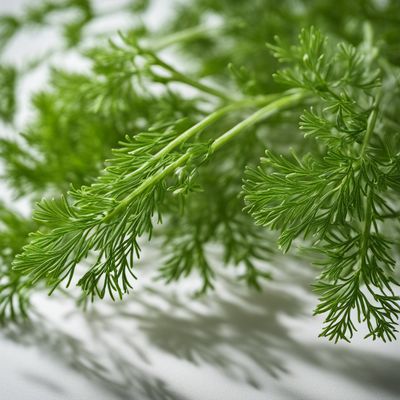
Dill leaves
The Delightful Herb: Dill Leaves
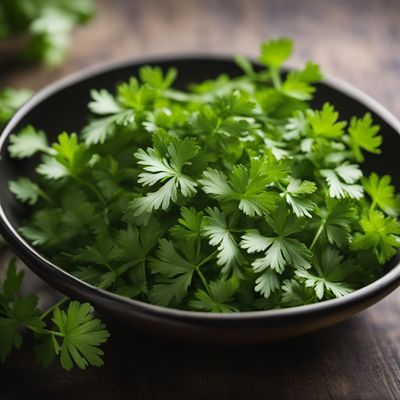
Coriander leaves
The Vibrant Herb: Unveiling the Magic of Coriander Leaves

Angelica (leaves and stems)
The Heavenly Herb

Celery leaves
The Unsung Heroes: Exploring the Versatility of Celery Leaves

Herb of grace
The Divine Herb: Unveiling the Secrets of Herb of Grace
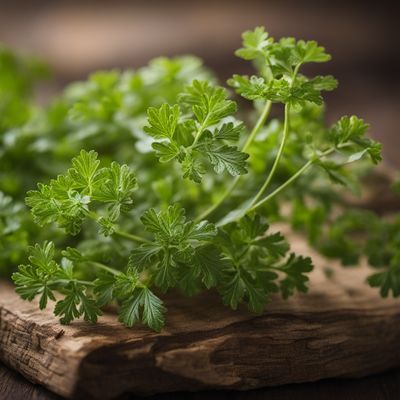
Sweet cicely
The Delicate Herb: Unveiling the Secrets of Sweet Cicely

Sorrel
The Tangy Herb: Unveiling the Secrets of Sorrel
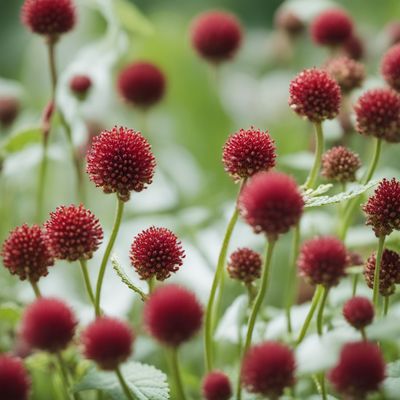
Burnet
The Herb of Coolness
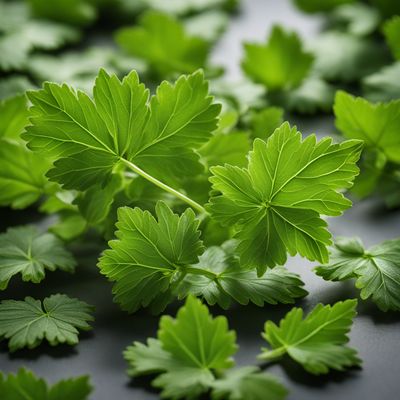
Lovage leaves
The Herbaceous Elixir

Fennel leaves
The Fragrant Herb: Unveiling the Delights of Fennel Leaves

Culantro leaves
The Vibrant Herb: Culantro Leaves